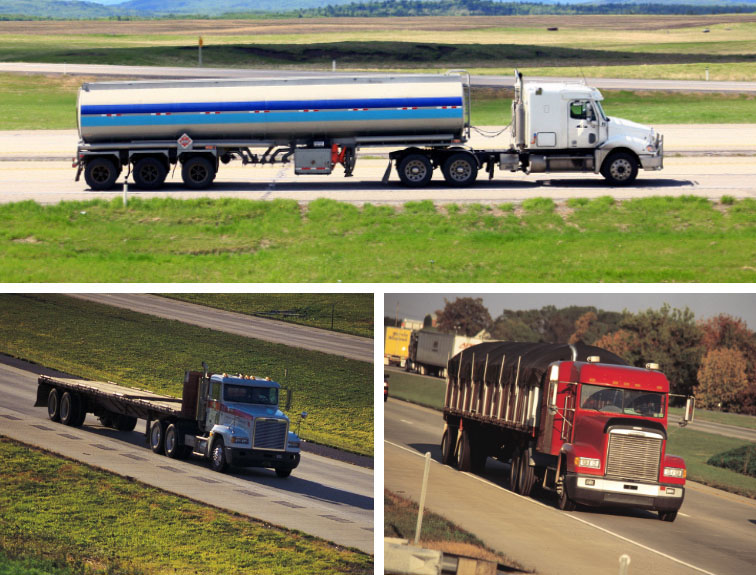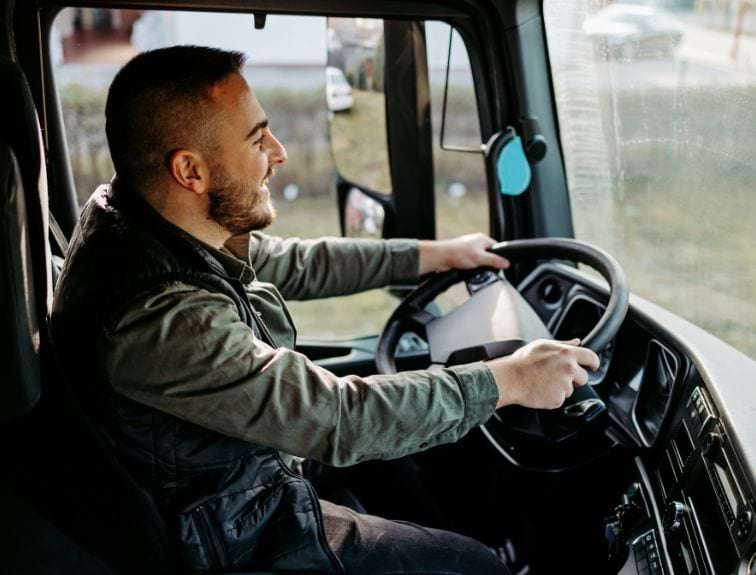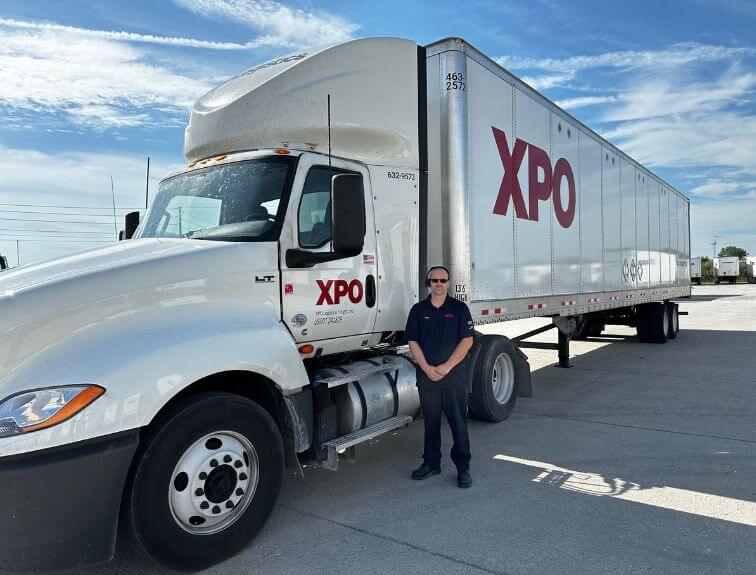Updated November 2022
Earning your Class A CDL can open doors to new career opportunities! There are multiple job options to choose from within trucking. And if you ever get tired of one trucking job, it’s nice to know your skills can be transferred to another! Explore a few of your options to find which one is best for you!
Tractor-Trailer
Driving a tractor-trailer is a great place to start in your trucking career. Since it has the least requirements to get started, it is ideal for those looking to gain experience on the road. Tractor-trailer drivers can drive both long and short distances, depending on what type of driving job you accept. There are options to work locally and be home every night or to drive long-haul routes across the country and be gone for days or a few weeks at a time. A few of the responsibilities of the job include:
- Delivering goods in the time frame specified
- Reporting any issues to the dispatcher
- Inspecting the trailer before and after the trip
- Keeping a log of your activities
- Keeping your truck and equipment in good working order
Most tractor-trailer drivers plan their own routes and are responsible for setting aside their legally required rest periods. Some drivers eventually buy or lease their own trucks and become owners/operators of their own businesses. Tractor-trailer driver jobs are expected to grow over the next several years. The average salary is between $45,000 and $65,000 a year, with local jobs paid by the hour and long-distance jobs paid by the mile! Traditionally, long-distance drivers make more per year, but at the cost of not being home as much.
Tanker Vehicles
Driving a tanker truck requires more qualifications than driving a dry van truck. Drivers that are transporting fuel will need a hazardous materials “H” endorsement. This cargo is highly regulated and therefore comes with greater responsibility. These drivers typically receive a higher salary than regular tractor-trailer drivers. Tanker drivers are also expected to:
- Visit well sites and use a hose to fill their truck, and then transport the liquid cargo to disposal sites.
- Keep precise records
- Accurately read gauges and carefully record levels
- Avoid leaks and ensure all equipment is working properly
Livestock Carriers
Drivers that work for livestock carriers often have a history of working with farm animals. They need to be knowledgeable in the handling and care of the animals they are transporting. Their most important objective is to make sure the animals arrive at the destination healthy and safe. Due to the extra responsibility and education needed, these drivers are often paid more than other truck drivers. Other responsibilities to consider:
- More time is spent outdoors loading and unloading animals
- Driving is often done on rural roads
- Extreme caution must be used to ensure the safety of the animals
- They work closely with ranchers and the livestock industry. It is important to remember these animals are their livelihood. Always act in a safe, courteous, and professional manner.
- It is important to stay on top of all rules and regulations
Flatbed Trucks
Flatbed trucks are used to carry things that cannot fit into a trailer due to size, shape, or weight. Due to the difficult nature of the cargo, these drivers are among some of the highest paid. These trucks also face the heaviest Department of Transportation regulations. Flatbed truck drivers must:
- Be able to balance heavy loads in all weather conditions
- Be able to handle the heavy lifting, including managing tarp procedures to cover cargo in inclement weather
- Must be very organized and excel at following rules and regulations
All of these truck driving careers have two things in common; they are all projected to grow over the next several years, and they require a Class A CDL! Napier Truck Driver Training can get you ready for a new career in trucking in just 5 weeks. We offer both full-time and part-time training, so you can find a training schedule that works best for you. Contact us today to learn more!




